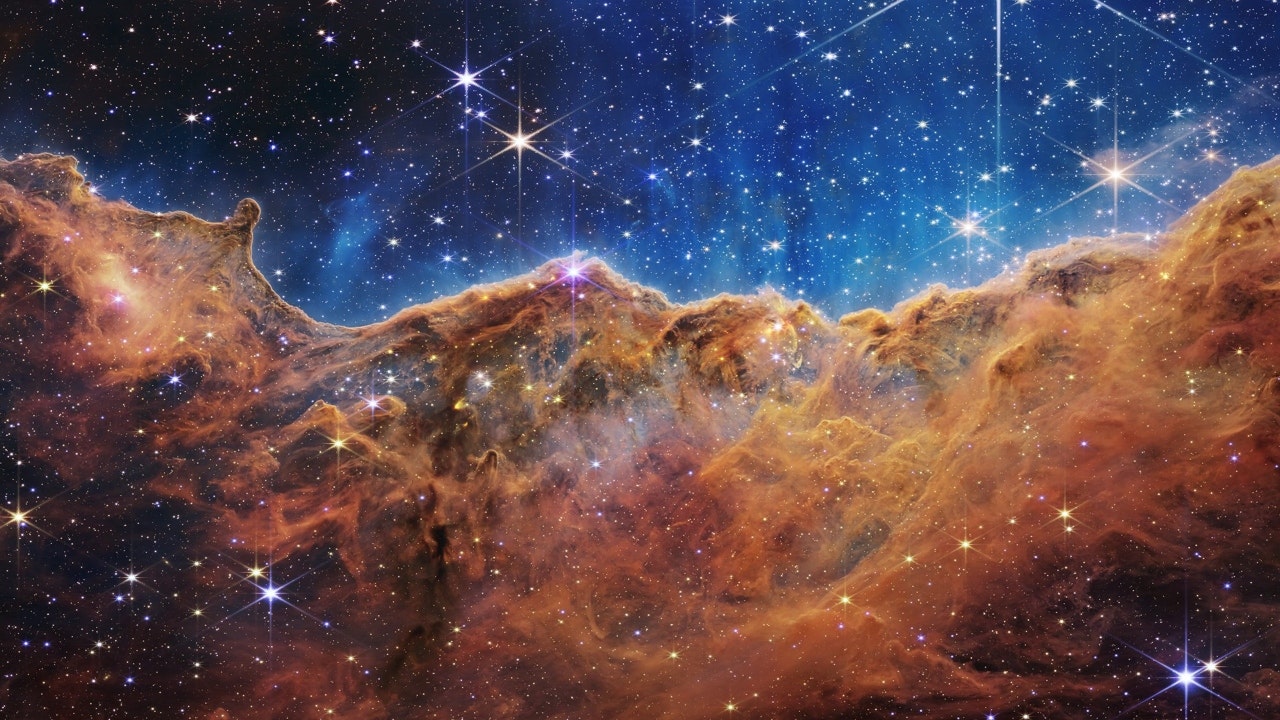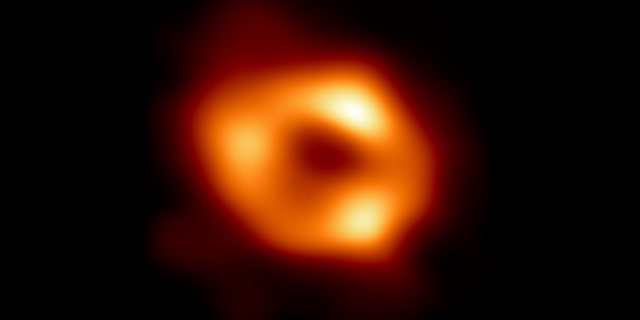
of successful scientific operations NASA’s James Webb Space Telescope Because of the launch of the Orion space capsule, the year 2022 has seen a lot of victories.
Here are the most important moments to remember:
Double Asteroid Redirection Test (DART)
NASA’s Double Asteroid Redirection Test (DART) mission has successfully altered the orbit of an asteroid millions of miles away. After analyzing more than two weeks after the spacecraft struck Dimorphos—the first time humanity has intentionally altered the motion of a celestial body and the first large-scale demonstration of an asteroid deflection technique—the scientists found that the kinetic impact shortened the Moon’s orbit around its parent asteroid. Didymus with 32 minutes. Before that, Dimorphos took 11 hours and 55 minutes to circle Didymos. The scale has a margin of uncertainty of about two minutes, plus or minus.
Image from NASA’s Web Telescope reveals early star formation in ‘rare’ find
In this image made available by NASA, debris erupts from the asteroid Dimorphos, right, a few minutes after the deliberate collision of NASA’s Dual Asteroid Redirection Test (DART) mission on September 26, 2022, captured by nearby Italian space agency LICIACube. On Tuesday, October 5, 2022, NASA said the spacecraft successfully changed its orbit.
((ASI/NASA via AP))
The black hole in the Milky Way
Astronomers have unveiled the first image of the supermassive black hole at the center of the Milky Way. The color image was produced by the Event Horizon Telescope (EHT) Collaboration, using observations from a global network of radio telescopes. The black hole is about 27,000 light-years from Earth and 4 million times more massive than our sun.
The Perseverance rover is collecting samples from Mars
NASA’s Perseverance rover is expected to begin construction of the first sample repository on another world. According to NASA, this will mark an important milestone in the Mars sample return campaign, which it aims to do Bring samples from Mars to Earth to study closely. Over the course of about 30 days, Perseverance will deposit a total of 10 tubes carrying samples that represent the diversity of the Jezero Crater rock record.
The Orion spacecraft splashes after flyby of the Moon

Sagittarius A (asterisk) captured by the Event Horizon Telescope (EHT) collaboration
(Credit: EHT Collaboration)
Stunning NASA images reveal the surface of IO, which is associated with the volcano
NASA’s Orion space capsule plunged into the ocean after 25 days Uncrewed test flight around the moon, concluding a mission that paves the way for astronauts on the next trip to the moon. The capsule landed west of Baja California, more than 300 miles south of the original target area.
The James Webb Space Telescope has begun science operations
NASA and its international partners have released the full series of first full-color images and data from the James Webb Space Telescope. The images include exoplanet WASP-96 b, a hot gas giant located about 1,150 light-years from Earth. In another snapshot shared via an international broadcast, the Southern Planetary Nebula, or “Eight-Burst,” is shown in greater detail, previously hidden from astronomers. Then, in an image provided by European Space Agency (ESA) partners, Stephan’s Quintet – a visible group of five galaxies – is seen in a new light, about 290 million light-years away. The final image showed the twinkling landscape of the Carina Nebula – a stellar nursery – with brand new stars that were previously completely hidden. The “cosmic slopes” captured by Webb are the edge of a gas giant cavity within the star-forming region of the Carina Nebula named NGC 3324. The Carina Nebula is located within the Milky Way galaxy about 7,600 light-years away. It is home to many massive stars that are several times more massive than the Sun.
Since then, the telescope has helped astronomers discover the oldest galaxies confirmed to date.

What looks a lot like rocky mountains on a moonlit evening is actually the edge of the nearby, young star-forming region NGC 3324 in the Carina Nebula. Taken in infrared light by the Near Infrared Camera (NIRCam) on NASA’s James Webb Space Telescope, this image reveals previously obscured regions of star birth.
(Image: NASA, ESA, CSA, STScI)
A Native American NASA astronaut makes history
NASA astronaut Nicole Mann made history as the first Native American woman to launch into space. Mann, a Wailacki member of the Rhubarb Valley Indian tribes, traveled to the International Space Station as commander of NASA’s SpaceX Crew-5 mission aboard the SpaceX Crew Dragon spacecraft.
Click here for the FOX NEWS app
Private spaceflight launch from Axiom-1
Axiom 1, the first privately manned mission to the International Space Station (ISS), launched in April. SpaceX’s Falcon 9 rocket and Crew Dragon Endeavor lift off from NASA’s Kennedy Space Center in Florida. The Ax-1 mission sent four private space travelers on a 10-day journey to conduct science and push the boundaries of commercial spaceflight.
Fox News’ Bradford Betz and The Associated Press contributed to this report.




More Stories
Boeing May Not Be Able to Operate Starliner Before Space Station Is Destroyed
Prehistoric sea cow eaten by crocodile and shark, fossils say
UNC student to become youngest woman to cross space on Blue Origin